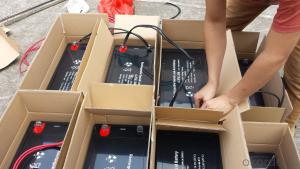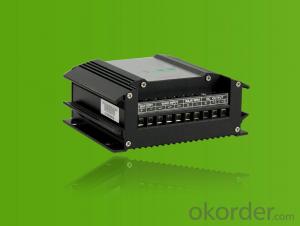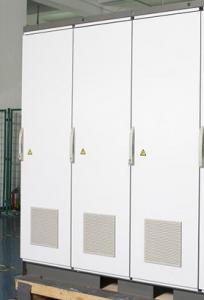Abb Hybrid Solar Inverter
Abb Hybrid Solar Inverter Related Searches
Canopy For Solar Inverter Awning For Solar Inverter Solar Inverter For Rv Inverter For Solar Quality Solar Inverter Best Solar Inverter In Kerala Top Solar Inverter In Pakistan Plug In Solar Inverter Solar Inverter In Pakistan Spd In Solar InverterHot Searches
Type Of Inverter For Solar Types Of Inverter For Solar Used Solar Inverter For Sale Inverter Size For Solar System Solar Edge Inverter For Sale 5kw Solar Inverter For Sale Solar Inverter For Sale Solar Inverter For Battery Solar Inverter For Split Ac Solar Inverter For Laptop Solar Inverter For Fridge Solar With Inverter Price Solar Inverter With 2 Battery Solar Inverter With Ac Outlet Solar Inverter Price In China Best Solar Inverter In China Solar Inverter Price In Dubai Solar Inverter Price In Uae Solar Inverter Price In Kenya Solar Inverter For FridgeAbb Hybrid Solar Inverter Supplier & Manufacturer from China
Okorder.com is a professional Abb Hybrid Solar Inverter supplier & manufacturer, offers integrated one-stop services including real-time quoting and online cargo tracking. We are funded by CNBM Group, a Fortune 500 enterprise and the largest Abb Hybrid Solar Inverter firm in China.Hot Products
FAQ
- The role of a power control feature in a solar inverter is to regulate and optimize the flow of electricity from the solar panels to the electrical grid or to the connected devices. It ensures that the power generated by the solar panels is converted and delivered efficiently, while also monitoring the voltage and frequency levels to maintain a stable and reliable power supply. Additionally, the power control feature enables the inverter to synchronize with the grid and comply with local regulations and requirements.
- No, a solar inverter cannot be used with different types of batteries. The compatibility of a solar inverter depends on the specific battery chemistry it is designed to work with. Using an incompatible battery type can lead to inefficient energy conversion and potential damage to both the inverter and the batteries. It is essential to ensure that the solar inverter is compatible with the specific battery type before installation.
- A solar inverter can have a significant impact on the overall system cost. While it is a crucial component that converts DC power generated by solar panels into AC power for use in homes or businesses, it also adds to the total expenses of installing a solar system. The cost of a solar inverter depends on factors such as its capacity, efficiency, and features. Higher capacity or more advanced inverters tend to be more expensive. However, investing in a high-quality inverter can improve the overall efficiency and performance of the solar system, potentially offsetting the additional cost in the long run.
- To calculate the payback period for a solar inverter, you need to determine the initial cost of the inverter and the annual savings or earnings it generates. Divide the initial cost by the annual savings or earnings to determine the number of years it will take to recoup the investment. This will give you the payback period for the solar inverter.
- A solar inverter can positively affect the value of a property by increasing its desirability and potential energy savings. It allows for the conversion of solar energy into usable electricity, reducing reliance on the grid and potentially lowering energy bills. Additionally, having a solar inverter in place can demonstrate a commitment to sustainability and environmental consciousness, which may be appealing to potential buyers and increase the property's overall value.
- A solar inverter protects against overvoltage by continuously monitoring the voltage levels of the solar panels and adjusting the conversion process to ensure that the output voltage remains within a safe range. In case of overvoltage, the inverter automatically reduces the power output or shuts down to prevent damage to the system. Similarly, the inverter safeguards against overcurrent by constantly monitoring the current flowing through the system. If the current exceeds the safe limits, the inverter utilizes protective measures such as reducing the power output, regulating the current, or triggering a shutdown to prevent any potential damage to the solar panels or connected devices.
- PV grid-connected inverter can directly load it?
- TL5001 operating voltage range of 3.6 ~ 40V, its internal with an error amplifier, a regulator, oscillator, a dead zone control PWM generator, low voltage protection circuit and short circuit protection circuit
- The role of a voltage regulation feature in a solar inverter is to ensure that the electricity generated by the solar panels is converted into a stable and consistent voltage suitable for use in homes or businesses. This feature helps to protect electrical appliances and equipment from voltage fluctuations and prevents any potential damage that could occur due to over or under voltage conditions.













































